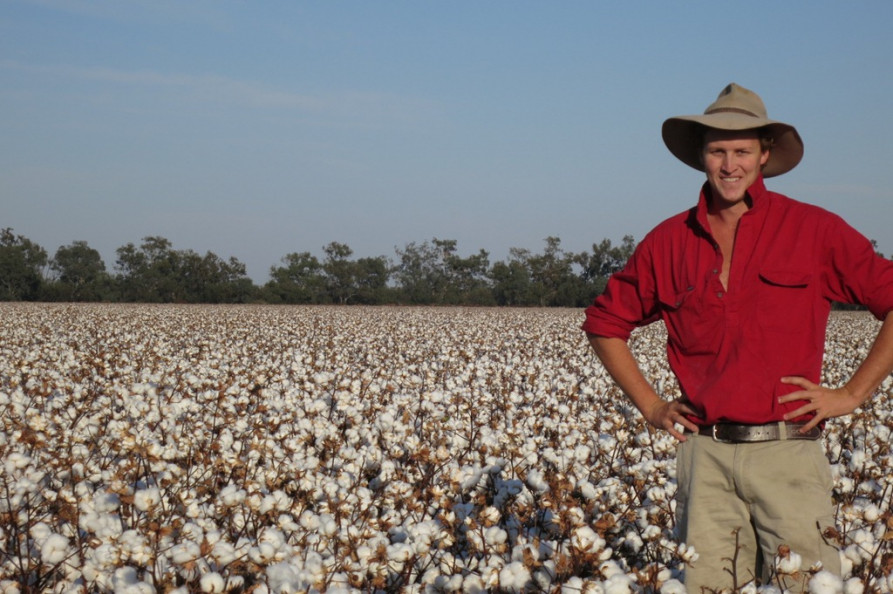Namoi Cotton forecast a rise in Australia's 2018 cotton harvest, thanks largely to better weather in parts of New South Wales, but was not quite as upbeat the official Abares bureau, noting some irrigation water deficits.
The cotton ginning and marketing group, in which Louis Dreyfus is the top shareholder, flagged some benefit from a dry Australian spring, saying that the "extremely wet weather conditions that hampered ground preparation for the 2017 crop… have not reoccurred"
Yields should not see the same "impact… as they did in 2017", when the Macquarie valley in northern New South Wales, and the state's southern valleys, were particularly affected.
Indeed, in these areas, the drier conditions, while they have been bemoaned by growers of winter grains such as wheat, "are supportive of a larger 2018 cotton crop, with the southern New South Wales to potentially represent 25% of overall national production".
'Less-than-optimum water levels'
As an extra boost to crop prospects, despite the dry spring, water levels in public storage reservoirs were, as of the end of August, higher than a year before, Namoi Cotton added.
However, "central irrigation valleys of the Namoi and Gwydir" in northern New South Wales "continued to operate at less-than-optimum public water storage levels".
The group forecast Australia's next cotton harvest at 4.2m bales (914,000 tonnes), a rise of 11% year on year on its data, but behind the 956,000 tonnes at which the official Abares crop bureau pegs production.
Abares said its estimate includes a forecast of a 33% rise in yield "because of an expected rise in the share of area planted to irrigated cotton, which has higher yields than dryland cotton".
'Reduced seed yields'
Namoi said that, thanks to the increased crop, which it estimated at 75% seeded, its ginning and cotton seen volumes would "marginally improve".
Ginning volumes were pegged at 1.05m-1.15m bales, compared with 1.02m bales from the 2017 crop.
Cotton seen volumes were seen rising in line with ginning activity, although "margins are anticipated to narrow through reduced seed yields".
The group also forecast that its Namoi Cotton Alliance joint venture with Louis Dreyfus would handle higher volumes of containerised commodities, thanks to the increased cotton harvest, but also to a growing interest in chickpeas, a crop "which has now secured its position as a rotation crop for cotton growers".
'Volatility boost'
The comments came as Namoi Cotton, which earlier this month converted from a co-operative to a fully listed public company, unveiled a jump in earnings to Aus$15.76m for the March-to-August half, up from Aus$7.42m a year before.
The improvement, on revenues up 38% at Aus$413.2m, reflected in part the increased cotton volumes thanks to a similar-sized jump in Australia's 2017 harvest.
However, Jeremy Callachor, the Namoi chief executive, also flagged that "cotton seed trading margins improved considerably through effective risk and position management, market volatility-related trading opportunities, and seed yield management".
Source: Agrimoney

